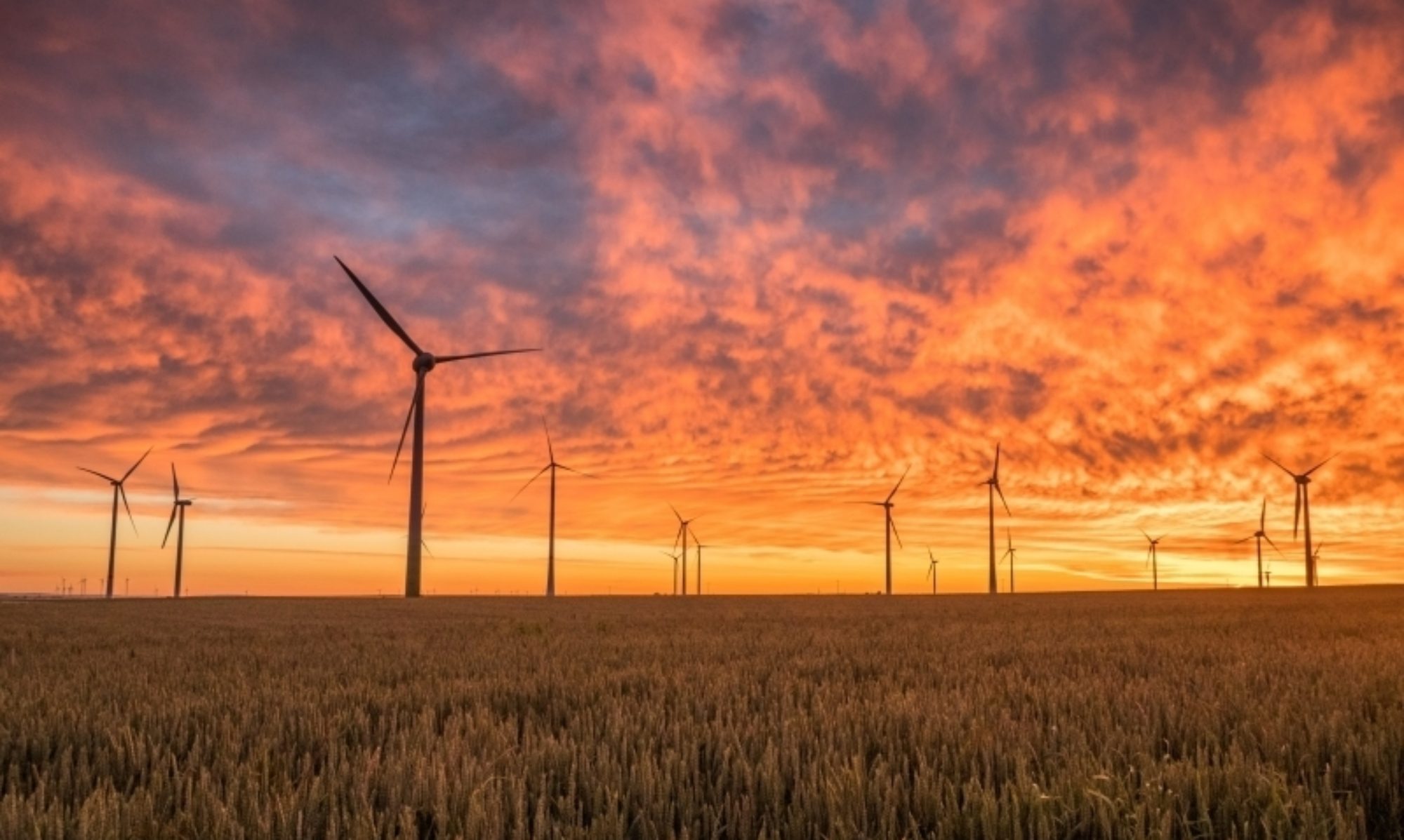“There is oil in the Middle East; there is rare earth in China.”
Deng Xiaoping
Published in October 2015, David S. Abraham’s book, The Elements of Power “tracks the trail of rare earth metals from mine to gadget”. Working in the Japanese Ministry of Economy, Trade and Industry he had a ring-side seat to watch how the escalation of a territorial dispute between Japan and China evolved to a situation where China cut off its rare earth metal exports to Japan. As Abraham’s outlines, China was now using a new geopolitical trump card with its competitors, “The battle over resources, which started when the first person learned how to coax metal from stone, had expanded into a larger battle-a war over the periodic table.”
During 2010 and into 2011, the price of obscure metals with strange names like terbium, dysprosium and europium went stratospheric, with some multiplying tenfold or more. That was a boon to producers outside of China (such as Australia based rare earth miner Lynas) that could capitalise on the surge in rare earth metal prices, and the belated realisation that perhaps we better diversify our sources of supply.
The price of rare earth metals slumped for much of the past decade as supply from outside of China ramped up (including the restart of the Mountain Pass facility in the US), and manufacturers of electronic equipment sought to reduce or substitute their use of the obscure metals.
The third quarter of 2015 marked the low point for many rare earth metal prices. The share price of Lynas Rare Earths bottomed out close to A$0.280 per share, down 99% since its peak in May 2011.
As so often happens with books and magazines about markets, it’s just at the point they are published that the trend appears to go into reverse. It was no different with The Elements of Power. Alas hindsight is a wonderful thing. Since then Lynas’ share price has risen 19-fold!
Despite efforts to diversify reliance on Chinese exports, China still controls around 80% of the global supply of rare earth metals, and that still means it can use rare earth metals as a strategic weapon – should it choose to do so. According to a report this week in the FT that moment may be getting a step closer:
The Ministry of Industry and Information Technology last month proposed draft controls on the production and export of 17 rare earth minerals in China, which controls about 80 per cent of global supply.
Industry executives said government officials had asked them how badly companies in the US and Europe, including defence contractors, would be affected if China restricted rare earth exports during a bilateral dispute.
“The government wants to know if the US may have trouble making F-35 fighter jets if China imposes an export ban,” said a Chinese government adviser who asked not to be identified. Industry executives added that Beijing wanted to better understand how quickly the US could secure alternative sources of rare earths and increase its own production capacity.
Fighter jets such as the F-35, a Lockheed Martin aircraft, rely heavily on rare earths for critical components such as electrical power systems and magnets. A Congressional Research Service report said that each F-35 required 417kg of rare-earth materials
Despite efforts to reduce reliance on China’s supplies of rare earth metals, there is very little the US can do to avoid China if it actually wants to use the mined minerals for anything useful. For now at least MP Materials (the operator of the Mountain Pass mine) has to ship 50k tonnes of concentrated rare earth metals to China for processing. Lynas Rare Earth in contrast has its own processing facility in Malaysia and is planning to build a US based facility.
The Lynas share price exhibits a prolonged bottoming pattern which and has only now, over a decade later returned to levels seen in the months before the export ban was implemented. Encouragingly, volume is gradually picked as the pattern has evolved, indicating the potential for further gains going forward.
In addition to their geopolitical significance, economic planners in China appear to be fast realising that the demand for rare earth metals is so great – even within their own country – that they can afford to weaponise the metals once again. The rare earth market has awoken from its long slumber. From renewable energy to electric vehicles, the rare earth age is back.
